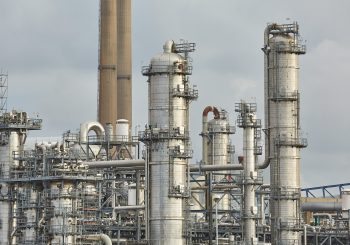What sort of effects do burn injuries cause?
Jul 18, 2019
Many workplaces entail a risk of burn injuries, some of which may be devastating. Not only are burns often expensive to treat, they’re also associated with a wide range of effects and complications. The Mayo Clinic explains different types of burns and what problems they can cause the victim.
Burn injuries fall into one of three categories. 1st-degree burns are the mildest of all burn injuries because they only impact the outermost layer of the skin, known as the epidermis. These burns are characterized by redness and minor pain, and can usually be treated at home. 2nd-degree burns are more serious. Both the epidermis and dermis are affected in this case, which can lead to swollen skin and blisters. When a burn injury reaches the layer of fat beneath the skin, a 3rd-degree burn has occurred. 3rd-degree burns entail a risk of nerve damage and require immediate medical assistance.
When it comes to 3rd-degree burns, the risk of complications is quite severe. For example, a person may experience a dangerously low body temperature or loss of blood volume. The bloodstream may also become infected, which is known as sepsis. If skin becomes tightened as a result of scar tissue, a person will also experience movement and joint problems. Serious burns often require extensive rehabilitation so the person can achieve regular function. In some cases, function is permanently affected.
Surgery may be necessary for severe burns. Deep burns often require skin grafts, which utilize your own skin or that of a donor. Skin grafts are placed over areas suffering from extensive burns to prevent infection and facilitate normal movement. If scarring is extensive and involves the face, many people also undergo cosmetic surgery. Scarification is one of the most difficult aspects of burn injuries. The change in appearance can be drastic and many people have a hard time coping with such changes.

